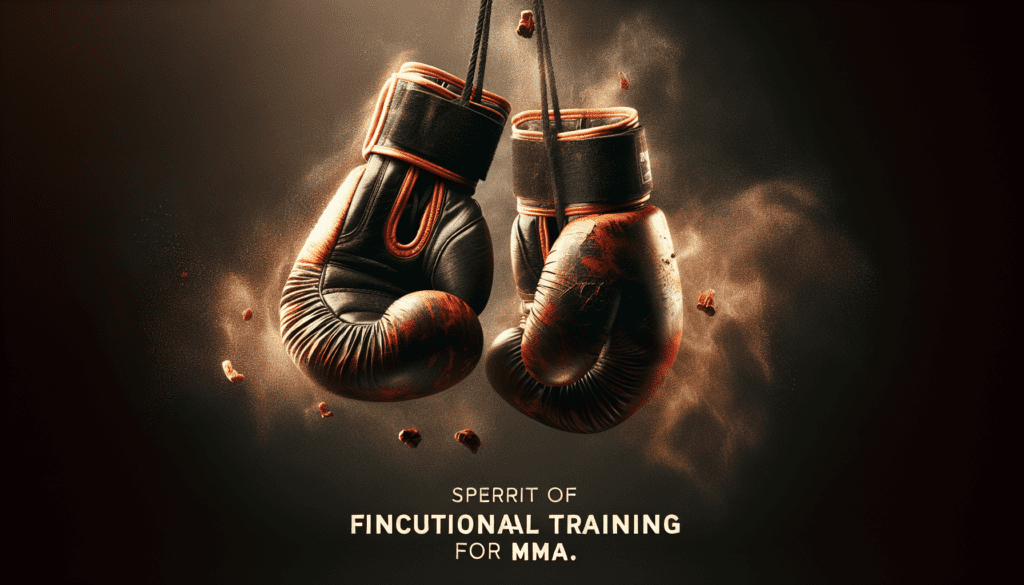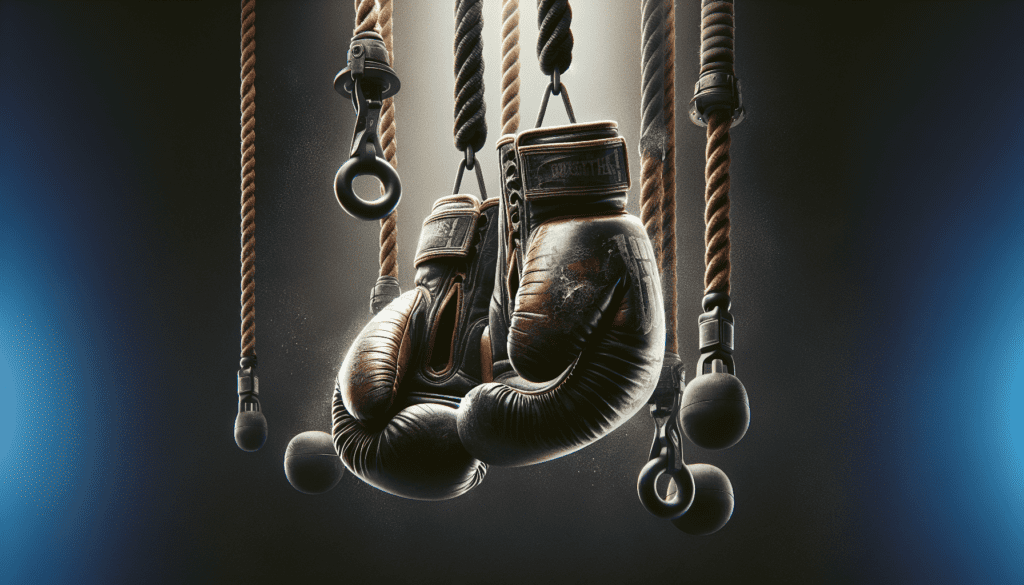In the world of Mixed Martial Arts (MMA), physical fitness and overall conditioning are essential for success inside the octagon. Whether you’re a seasoned fighter or just starting out, incorporating functional training exercises into your workout routine can greatly enhance your performance. From explosive power to agility and core strength, these exercises target key areas that are crucial for MMA fighters. In this article, we’ll explore some of the most popular functional training exercises used by MMA athletes worldwide, helping you take your training to the next level. Lace up your gloves and let’s get started!

1. Squats
Benefits of Squats
Squats are one of the most effective exercises for building lower body strength and stability. They target the muscles in your thighs, hips, and buttocks, known as the quadriceps, hamstrings, and glutes. This exercise also engages your core and promotes overall balance and coordination. Not only do squats help increase muscle mass, but they also improve bone density, boost metabolism, and enhance athletic performance.
How to do Squats
To perform a squat, stand with your feet shoulder-width apart and toes pointed slightly outward. Keep your spine neutral and your chest lifted. Slowly lower your body by bending at the knees, as if you’re sitting back into a chair. Keep your weight in your heels and your knees tracking over your toes. Go as low as you comfortably can, ideally until your thighs are parallel to the ground. Push through your heels to return to the starting position.
Common Mistakes to Avoid
One common mistake is allowing your knees to collapse inward during the squat. This can put additional stress on the knee joints and increase the risk of injury. Make sure to keep your knees in line with your toes throughout the movement. Another mistake is rounding your back or leaning too far forward. This can strain your lower back and take the focus away from your lower body muscles. Keep your spine neutral and core engaged throughout the squat. Lastly, avoid using momentum or bouncing at the bottom of the squat. This reduces the effectiveness of the exercise and could lead to injury.
2. Deadlifts
Benefits of Deadlifts
Deadlifts are a fantastic exercise for building overall strength and power. They primarily target the muscles in your posterior chain, including your glutes, hamstrings, and lower back. Deadlifts also engage your core, grip strength, and arms. This exercise improves functional strength, enhances athletic performance, and develops proper lifting mechanics. Deadlifts also promote better posture and help prevent injuries by strengthening your muscles and supporting your spine.
How to do Deadlifts
To perform a deadlift, start by standing with your feet hip-width apart and toes pointed slightly outward. Place your hands just outside your knees, gripping the barbell with an overhand or mixed grip. Keep your spine neutral and chest lifted. Push your hips back as you lower your torso and bend your knees. Keep the barbell close to your body as you lift it off the ground by pushing through your heels and extending your knees and hips. Stand tall with your shoulders back and squeeze your glutes at the top of the movement. Lower the barbell back down by bending your hips and knees.
Common Mistakes to Avoid
A common mistake during deadlifts is rounding your back and lifting with your lower back instead of using your legs and hips. This places excessive strain on your spine and increases the risk of injury. Always maintain a neutral spine and engage your core to protect your back. Another mistake is lifting too much weight without proper form. Start with a weight that allows you to maintain good technique and gradually increase the load as you become stronger and more confident. Lastly, avoid jerking the weight off the ground or hyperextending your back at the top of the movement. Maintain control throughout the exercise for optimal safety and effectiveness.
3. Lunges
Benefits of Lunges
Lunges are a versatile exercise that targets multiple muscle groups, including the quadriceps, hamstrings, glutes, and calves. They also engage your core and improve balance and stability. Lunges are great for developing leg strength, enhancing athletic performance, and improving functional movements such as walking, running, and jumping. This exercise also helps correct muscle imbalances, increase range of motion, and boost overall lower body strength.
How to do Lunges
To perform a lunge, start by standing tall with your feet hip-width apart. Take a step forward with one foot, making sure to maintain proper alignment with your ankle, knee, and hips. Bend both knees as you lower your body towards the ground. Your front knee should be directly above your ankle and your back knee should be hovering just above the floor. Push through your front heel to return to the starting position and repeat on the other side. Alternate between legs for a complete set.
Common Mistakes to Avoid
One common mistake during lunges is leaning too far forward, which puts excessive strain on your front knee and can lead to injury. Keep your upper body upright and your core engaged to maintain proper alignment. Another mistake is allowing your front knee to collapse inward or push past your toes. Both of these errors can increase stress on your knee joints. Make sure to track your knee over your ankle throughout the movement. Lastly, avoid lunging too deeply if you feel discomfort or lack the necessary flexibility. Start with a smaller range of motion and gradually increase as you become more comfortable and flexible.
4. Push-ups
Benefits of Push-ups
Push-ups are a classic exercise that targets multiple muscle groups, primarily the chest, shoulders, triceps, and core. They also engage your back, glutes, and legs, making them a highly effective compound exercise. Push-ups improve upper body strength, stability, and muscular endurance. They also help increase bone density, strengthen the core, and promote good posture. Push-ups are a versatile exercise that can be modified for various fitness levels and can be performed anywhere without the need for equipment.
How to do Push-ups
To perform a push-up, start in a high plank position with your hands slightly wider than shoulder-width apart and your feet together. Your body should form a straight line from your head to your heels. Engage your core and squeeze your glutes to maintain stability. Bend your elbows and lower your body towards the ground, keeping your elbows at a 45-degree angle to your body. Go as low as you comfortably can without letting your hips sag or your lower back arch. Push through your palms to straighten your arms and return to the starting position.
Common Mistakes to Avoid
One common mistake during push-ups is sagging or lifting your hips, which shifts the focus away from your upper body muscles and reduces the effectiveness of the exercise. Keep your body in a straight line by engaging your core and squeezing your glutes throughout the movement. Another mistake is flaring your elbows out to the sides, which can strain your shoulders. Keep your elbows at a 45-degree angle to your body to protect your joints. Lastly, avoid performing push-ups with improper hand placement. Your hands should be slightly wider than shoulder-width apart and positioned directly under your shoulders for optimal alignment and muscle engagement.
(To be continued…)


